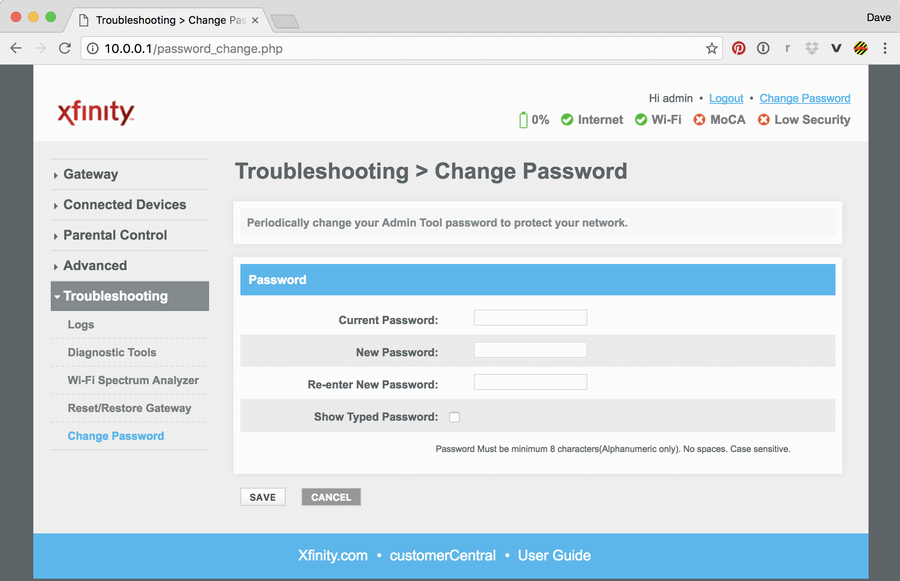There are many people confused about 10.0.0.0.1 and 10.0.0.1. Why? People often see these two IP addresses as one because they are very similar. And they don’t know that an IP address will include four eight-bit numbers. In today’s post, I will share with you some information about 10.0.0.0.1 and 10.0.0.1. They are really interesting!
First of all, definition of the 10.0.0.1 IP Address!
10.0.0.1 is a special IP address. You know what, you can use this IP address many times. It is part of a 24-bit block in a private IP address. 10.0.0.1 is used to solve problems in local area network (LAN). Of course, it will be different from public IP addresses. 10.0.0.1 cannot route private IP addresses via internet. But they are very useful!
Private IP addresses like 10.0.0.1 are really a valuable resource because without them, you probably won’t be able to access the internet. Currently, there are about 4 billion IPv4 IP addresses and this is an overload. When the first Internet Registry cannot provide IPv4 addresses freely on April 15, 2011, we need mapping methods.
Administrators have to map an IP address space, and this is where 10.0.0.1 shows its power. Private IP addresses like 10.0.0.1 are used to replace public IP addresses that are overloaded.
re you thinking about IPv6? Yes, IPv6 will be an alternative to IPv4. However, we cannot complete this conversion in a few days or months. The conversion is still ongoing, but currently, only about 25 percent of internet traffic is the IPv6 protocol.
What about 10.0.0.0.1? This is really a mistake. This IP address does not exist so you can throw it out of your mind!
How to login to 10.0.0.1?
Do you have a router? You can try using IP address 10.0.0.1 to access it.
Step 1: Enter http://10.0.0.1 on your web browser. If a security warning appears on your screen, try logging in https://10.0.0.1. Make sure you are accessing 10.0.0.1, not 10.0.0.0.1.
![]()
Step 2: A window will appear. Here, you must log in.

Step 3: Work with the router’s admin panel.
Once you are in the router administration page, you can customize many different settings. Here, you can set a different IP address for the login page.
For example, you can change 10.0.0.1 Xfinity to 10.0.4.1 or 10.0.0.1 Comcast to 10.125.3.1. However, you can only use within the range 10.0.0.0 to 10.255.255.255. Because this policy, 10.0.0.0.1 Xfinity or 10.0.0.0.1 Comcast will be invalid. This is the reason I said 10.0.0.0.1 is not an IP address.
In case you want a change to Wi-Fi, use NetSpot.
Click on Troubleshooting For change your password.

Log in to the default router
Talk about this issue, each manufacturer will use different information. Although I can’t list them all because it’s impossible, I’ll give you the most common logins:

Help! I cannot connect to 10.0.0.1!
Below are three common reasons:
- You have no direct connection. For security, you can only use a computer connected directly to the router with an Ethernet cable to go to IP 10.0.0.1. Although there are some exceptions, they are very rare. So, always prepare a long Ethernet cable in your backpack to use when needed.
- You entered the wrong IP address. This is normal because 10.0.0.0.1 is very similar to 10.0.0.1. There is always someone typing this address wrong every day lol. You just need to remember an important rule: an IPv4 address contains only four numbers. In case you have had some changes and you cannot remember them, restore your router to the default settings. There is always a physical recovery button on the router.
- You have logged in with the wrong username and password.
RELATED:
Log in to Comcast 10.0.0.0.1 router
First, you need an Ethernet cable to connect your computer and the router, so you don’t get logged out every time you press the Save button. Make sure your device is connected to Wi-fi.
Second, type 10.0.0.1 on your web browser. You can also use 192.162.1.1 or 192.168.100.1 instead if the 10.0.0.1 address is not working.
Next, you will enter the default username and password of the router. We have some information that you can refer to:
Some ID admins are:
- Root
- User
- Admin
Some passwords are:
- Motorola
- High-speed
- Password
- W2402
You are now in the router settings table for network management! Have a good day!